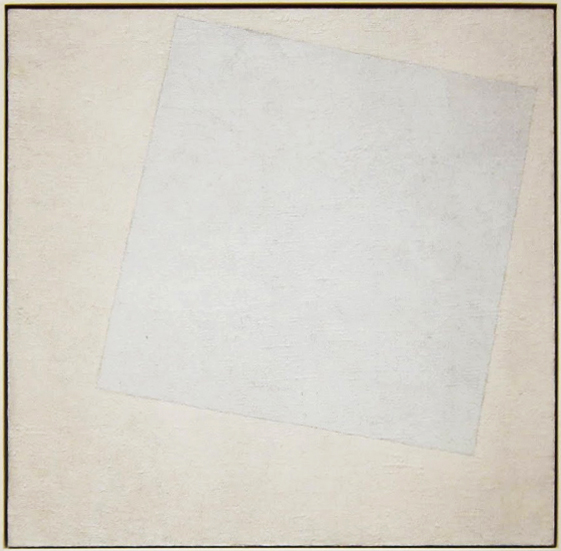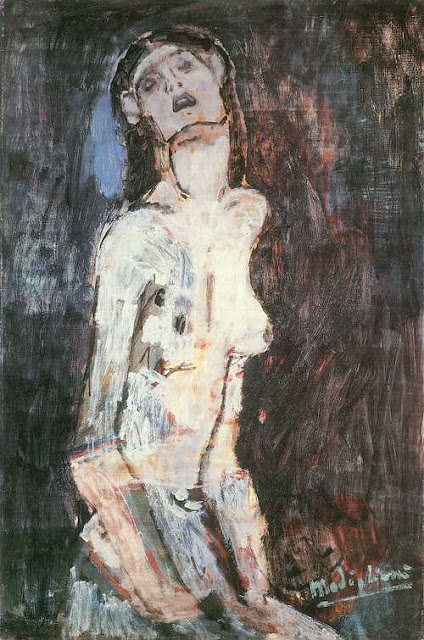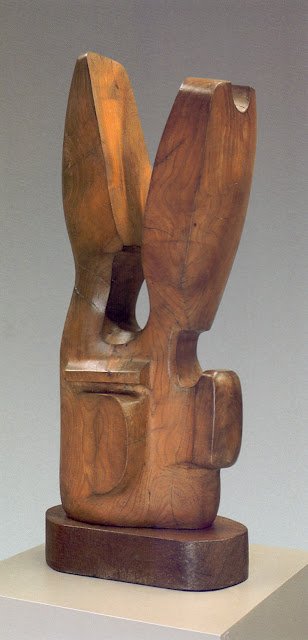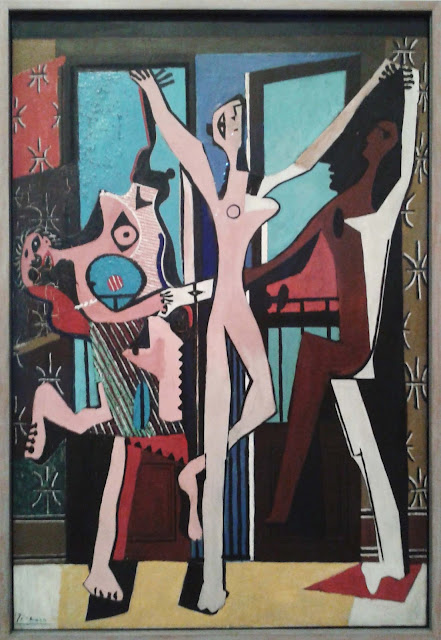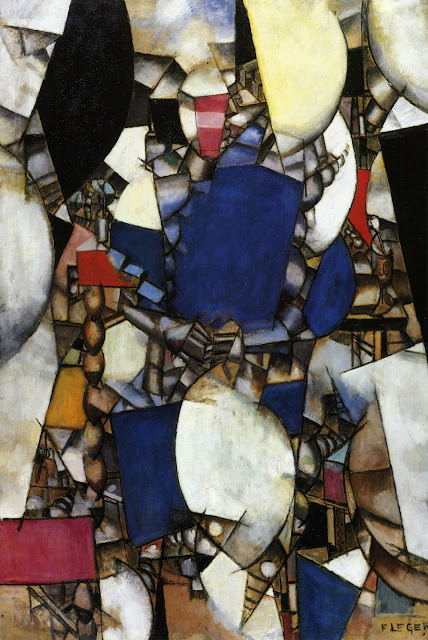“The modern conception of art is not simply a passing
abstraction, valid only for a few initiates;
it is the total expression of a
new generation whose needs it shares and whose aspirations it answers.”
– Fernand
Léger ‘The Origins of Painting and its Representational Value’, Paris, 1913
Fernand
Léger (FR, 1881-1955), La Femme en Bleu (Woman in Blue) - 1912,
oil on
canvas, 76 x 51 1/8 inches, 193 x 129.9 cm, Artmuseum, Basel.
Lot
16, "Etude Pour 'La Femme en Bleu," by Fernand Léger, oil on canvas,
51 by 38 inches, 1912-13
The Sotheby's catalogue of April
2008 describes "Etude Pour
"La Femme en Bleu" as "heroic," adding that "this
spectacular image is one of the movement’s most enduring achievements, and a
milestone on the path to abstraction."
The
first version of this work is the same size and was kept by the artist in his
private collection until his death when it was given to the Musée National
Fernand Léger in Biot. The second version, which was the largest, was included
in the annual Salon in Paris and in the Armory Show in New York in 1913 and eventually
wound up in the Basel Kunstmuseum.
(Source: the city review)



